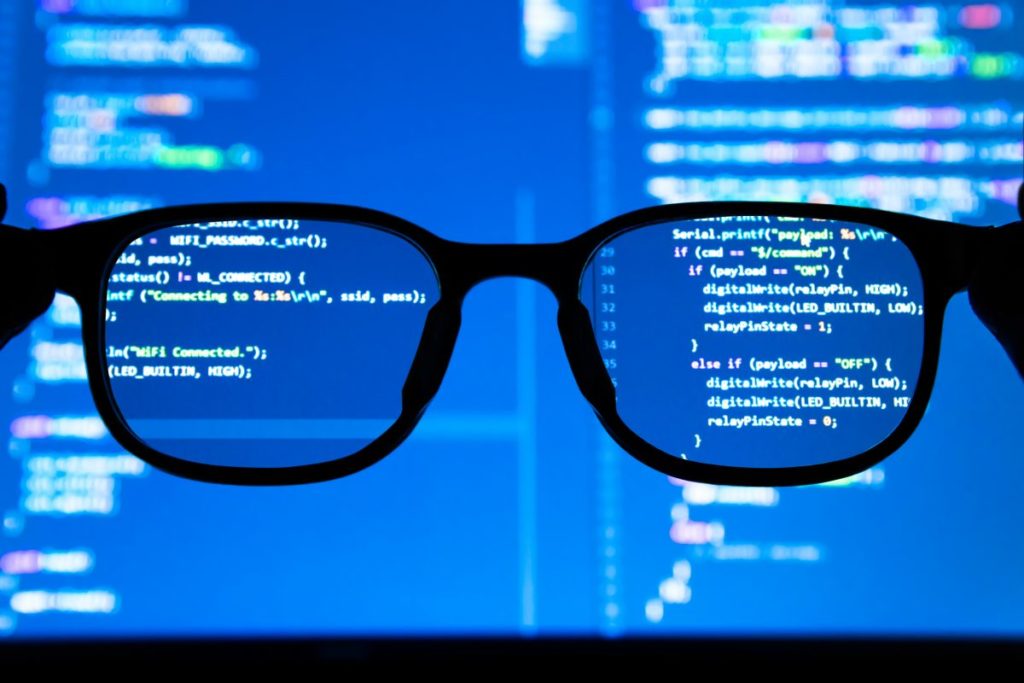Rebuilding a technology assessment office in Congress: Frequently asked questions
- Share via Email: Rebuilding%20a%20technology%20assessment%20office%20in%20Congress:%20Frequently%20asked%20questions
- Share via Facebook: Rebuilding%20a%20technology%20assessment%20office%20in%20Congress:%20Frequently%20asked%20questions
- Share via Twitter: Rebuilding%20a%20technology%20assessment%20office%20in%20Congress:%20Frequently%20asked%20questions
Author
Key Points
Congress’s capacity to understand science and technology has drastically declined in recent decades.
Congress faces an increasing array of high-tech policy challenges, such as infrastructure cybersecurity, election hacking, artificial intelligence regulation, CRSPR, etc.
It’s essential that Congress rebuild its capacity to understand technical issues, so it can do a better job at oversight, not screw up major tech regulatory policies, and clear the way for America’s leadership in innovation.
Executive Summary
Congress is not known for being particularly tech savvy. This reputation comes in part from its quaint anachronisms, such as prominent Members’ desire to eschew email and smartphones, or preference for a typewriter over a laptop. But, in many instances, it also stems from a demonstrated lack of fluency in science and technology topics. As Sen. Ron Johnson (R-Wis.) put it, when it comes to technical expertise: “Most of us are Gilligan. There aren’t a whole lot of professors.”
This is understandable. Most Senators and Representatives do not come from technical backgrounds, and even the ones that do should not be expected to possess a deep and sophisticated knowledge of every issue. Instead, Members of Congress must rely on their staff as well as legislative support agencies like the Congressional Research Service (CRS) for expert non-partisan advice. Unfortunately, rather than adapting to the increased demands of the 21st century, Congress’s internal staffing and support has significantly declined in recent decades, leaving our elected representatives woefully underprepared for contemporary policy challenges.
In the course of day-to-day business, this expertise gap often gets overlooked as part of the normal state of affairs, however, it is periodically a significant cause of national embarrassment. Recently, for instance, when Facebook CEO Mark Zuckerberg was called to testify on his platform’s data privacy practices, Congress’s evident lack of basic technical literacy was the subject of late-night-show vignettes and sharply critical global news coverage.
Even if there is broad agreement that Congress does not have the institutional technical expertise it needs to do its job, such agreement ceases when it comes to deciding how best to fix the problem. While there are many potential approaches, one that has recently gained traction is to revive an agency that once helped Congress understand complex, technical issues: the Office of Technology Assessment (OTA). Still, there are various potential approaches to modernize or update the OTA model or even to recreate its function within another agency like the Government Accountability Office (GAO). Additionally, there are lingering doubts—particularly among conservatives—about the efficacy of the OTA’s model, its political baggage and whether it is suited to Congress’s current needs.
Accordingly, this paper gives an overview of the OTA model, offers a look at different arguments for and against the revival of Congress’s technology assessment function, and explores some of the challenges involved in bringing it back. The first section offers a brief history of technology assessment in Congress. Subsequently, it is comprised of questions and answers divided into three subsections based on subject area. The first section discusses institutional and public administration concerns. The second looks at questions about the efficacy and necessity of such an office, and the third and final section addresses political considerations.










